Life of Wyatt Earp: American West Legend
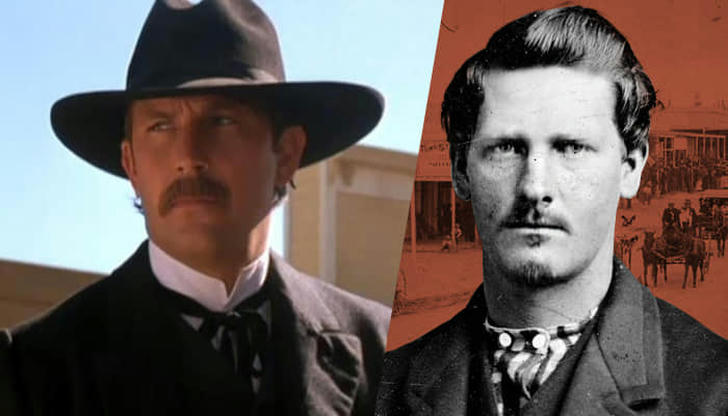
Wyatt Earp was an American legend who lived a lengthy and eventful life. He worked as a lawman, gambler, miner, and boxing referee. He was also a consultant to Hollywood directors for Western films. However, some stories involving Earp are often said to be exaggerated. Despite the stories and legends that surrounded him, there are several facts that people should know about his life.
1. Growing Up in Illinois
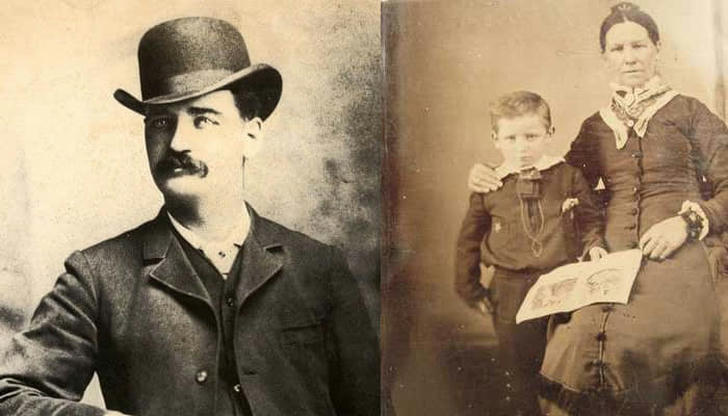
Wyatt Earp was born in 1848 and grew up in Illinois. At 13, he attempted several times, even lied about his age, to participate in the American Civil War.
His father, who trained troops for the Union war effort, stopped him. They arrived in California in 1864 and sought work based on his wagon-driving experience.
2. Transcontinental Railroad Supplies
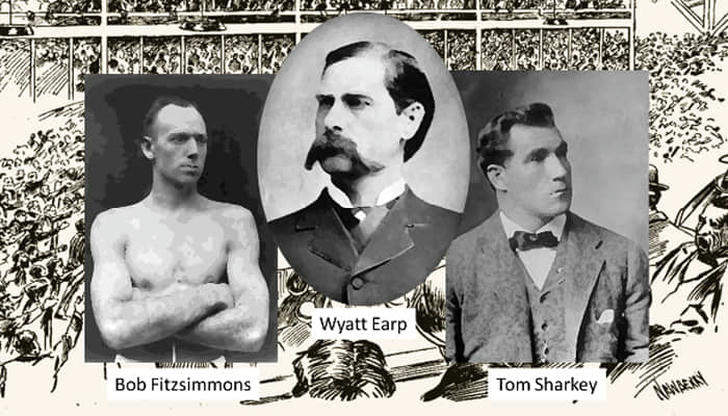
Earp started shipping supplies to the railhead as the Union Pacific Railroad moved westward. After that, he got a new job as a fair referee of boxing matches.
In 1869, Earp served as a referee for a boxing match featuring "Professor" Mike Johnson that drew 3,000 fans.
3. Town Constable in Lamar, Missouri
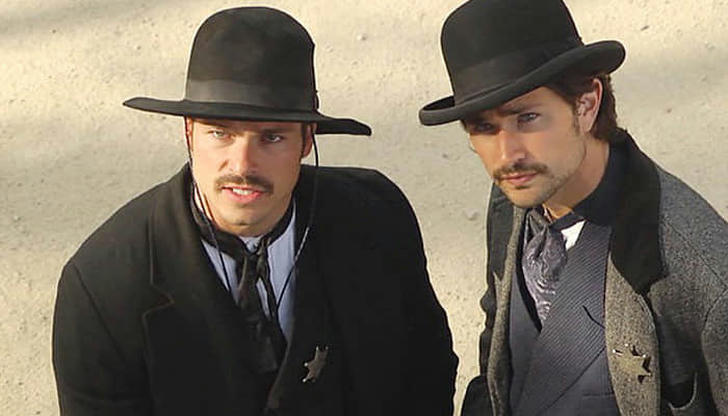
In 1869, Wyatt Earp and his families moved to Missouri. A year later, he got his first marriage, but typhoid killed his wife. Earp's life and financial condition went downhill after she died.
He was charged with embezzling money and making false and deceptive tax-collection claims. In 1871, he was also accused of stealing horses. Earp was arrested and sent in jail but later got out.
4. A Bouncer and Police Officer in Wichita
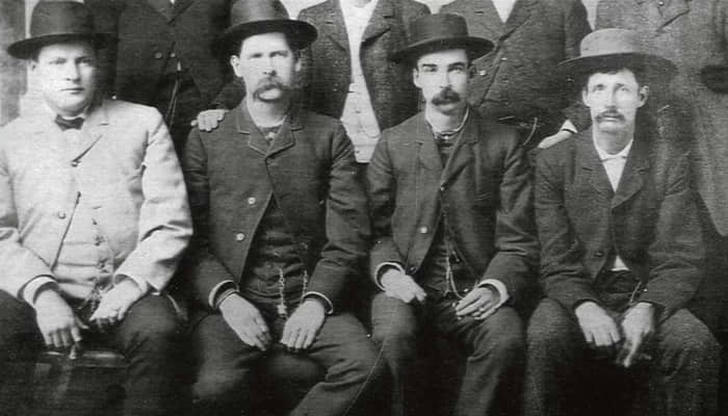
After fleeing to Peoria, Illinois, Earp was arrested in 1872 along with his brother, Morgan Earp for running a brothel. The brothers were fined and released. With charges mounting in Peoria, they left and arrived in Wichita in 1874.
When Earp arrived in Wichita, he began working as a bouncer in his brother’s brothel and later became a town deputy. After beating up a former deputy, Earp decided to leave for Dodge City.
5. Doc Holliday Saved Earp's Life
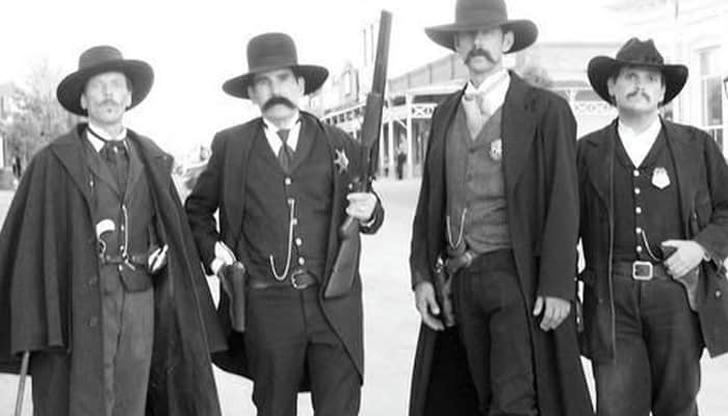
Earp embarked on a journey to Dodge City, Kansas. He became a deputy in the Dodge City town marshal's office. One day in 1878, Earp arrived at a saloon to apprehend a number of men.
But as soon as he walked into it, he was met with a volley of drawn weapons. Luckily, Doc Holliday pointed a gun at one of the cowboys in order to get the others to lower their guns.
6. Leaving Behind Dodge City
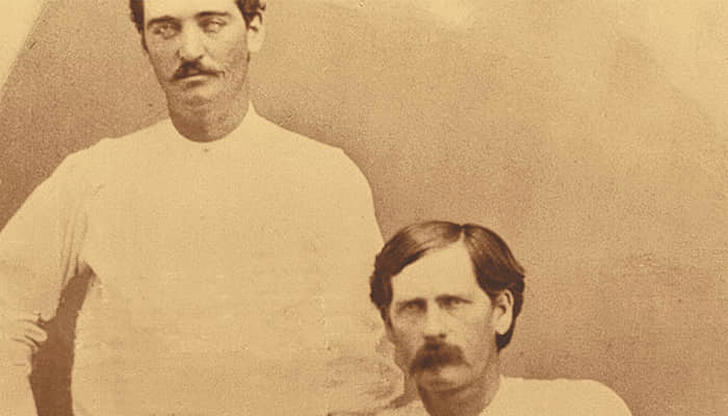
During his time in Dodge City, Earp formed a friendship with Bat Masterson, a journalist who shared his passion for boxing under the Marquess of Queensberry rules.
However, in 1879, civilization arrived in Dodge City and brought with it laws that limited the carrying of firearms. Earp realized it was time to move on yet again, this time setting his sights on Tombstone, Arizona.
7. Arriving in Tombstone
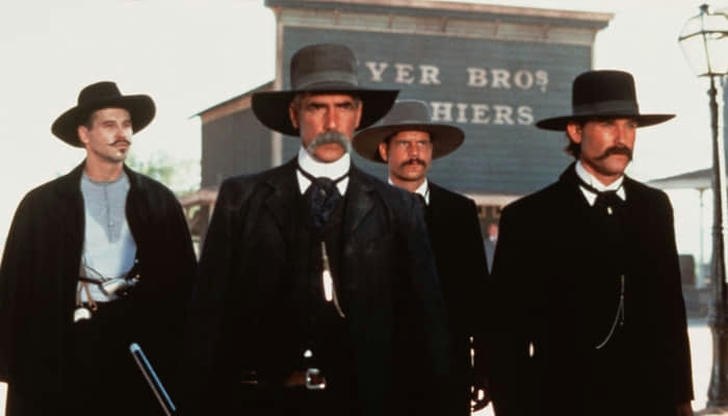
The booming population of Tombstone made Earp want to establish a stageline that would connect the town to the outside world, but he soon realized that other companies had already monopolized that market.
So he turned to gambling and took on work guarding Wells Fargo stagecoaches. In 1880, Doc Holliday joined him in Tombstone, bringing with him a staggering $40,000 in gambling winnings.
8. The Death of Fred White
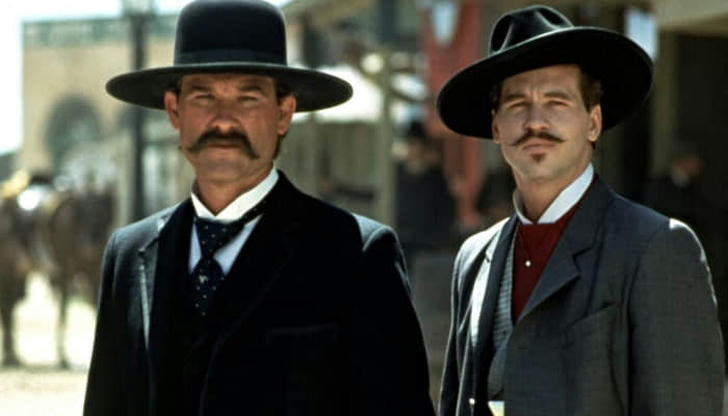
In 1880, a cowboy named Curly Bill Brocius fired a shot at the deputy marshal of Tombstone town, Fred White. Wyatt Earp happened to be in a nearby saloon and he rushed out to confront Curly Bill in the street.
Following White's death, Curly Bill was arraigned and tried in court, with Earp testifying that Curly's pistol lay on the street at the time he arrived. Since then, Curly Bill had held a grudge against Earp.
9. Dismissed as Deputy Sheriff
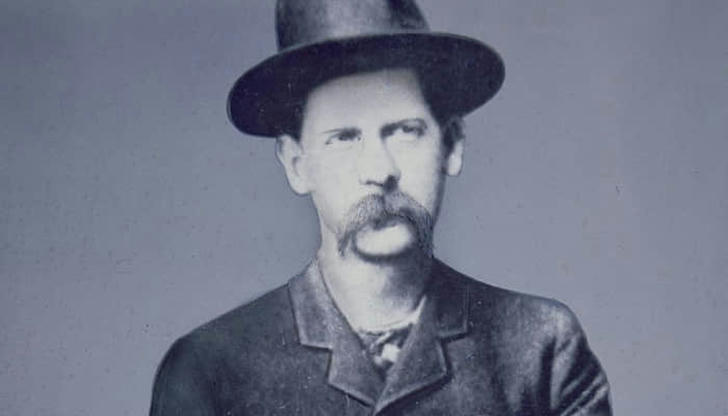
A month later, Wyatt Earp's boss lost the re-election bid, resulting in Earp's dismissal from his position as deputy and tax collector.
The cowboys have long been suspected of having played a role in Earp's boss's election loss. Johnny Behan, a man with strong ties to the cowboys (including Curly Bill Brocius), replaced Earp as the deputy sheriff.
10. The Encounter at O.K. Corral
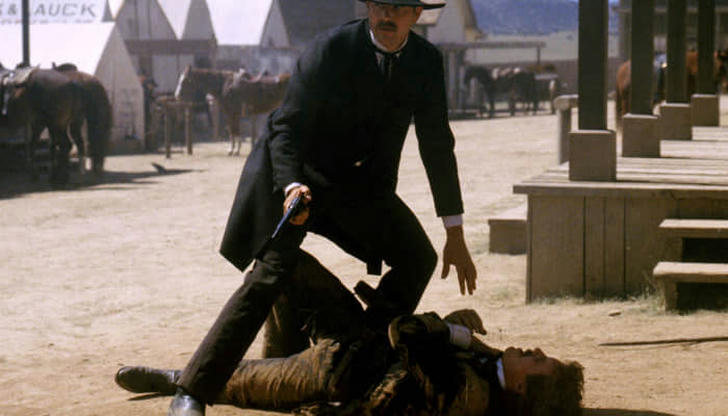
On the fateful day of October 26, 1881, the quartet of Wyatt Earp confronted the cowboys at O.K. Corral. The battle erupted in a matter of moments, with about 30 rounds of bullets being fired between the two parties.
Remarkably, only Wyatt emerged unscathed, while Billy Clanton and the McLaurys met their demise. Meanwhile, Billy Claiborne and Ike Clanton fled for their lives, and the origins of the first shot fired remain a mystery.
11. Legal Aftermath of the O.K. Corral Showdown
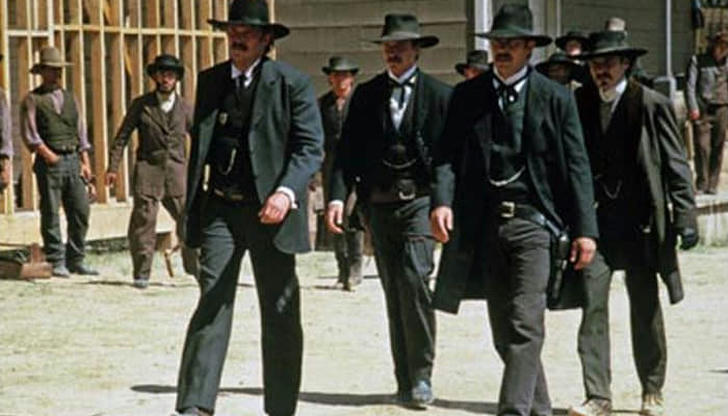
After the O.K. Corral gunfight, the Earp brothers and Doc Holliday found themselves facing murder charges. Ike Clanton, who had fled from the scene, testified against them.
But his words sounded unreliable, as he was running for his own safety at the time. After a month-long trial, the judge ultimately dismissed the case due to a lack of evidence.
12. A West Legend
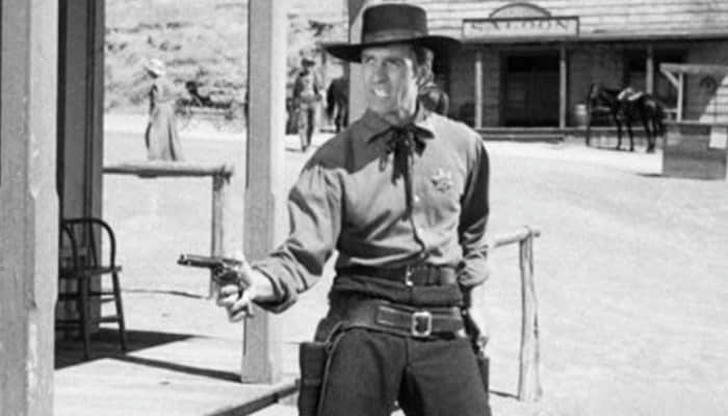
However, the cowboys struck back. They shot Virgil Earp in 1881, rendering him crippled. And a year later, Morgan Earp got murdered. Since then, Wyatt Earp had to move many times due to his controversial reputation and illegal businesses.
During the years, he worked as a boxing referee, western movies adviser, and even worked for the LAPD. As an emblem of the American West, Wyatt Earp remains a cherished symbol and a legendary figure of the late 19th century.

